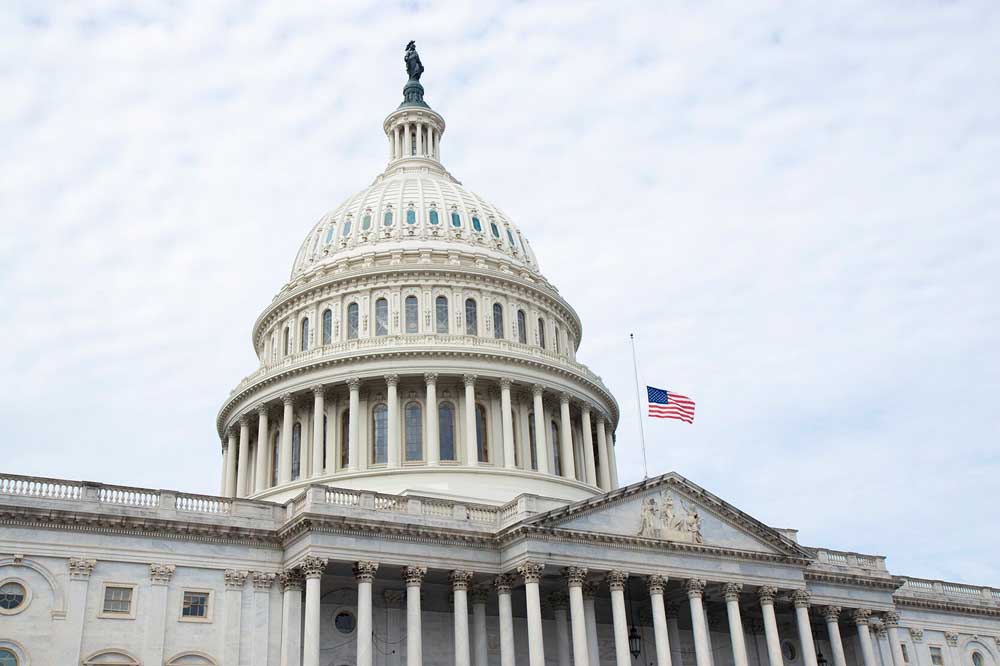Omnibus bill spends billions on rural communities
Published 11:30 am Tuesday, December 27, 2022

- The Consolidated Appropriations Act of 2023 allocates billions of dollars on programs related to agriculture and rural communities.
WASHINGTON — Just before funding for the federal government was set to expire on Dec. 23, Congress passed and President Biden signed a $1.7 trillion spending bill, averting a government shutdown.
Trending
The package, called the Consolidated Appropriations Act of 2023, will fund the federal government through September. Critics from both parties say the 4,155-page omnibus spending bill is yet another everything-but-the-kitchen-sink package with major spending increases and policy changes.
The bill appropriates dollars to Pell tuition grants, Head Start, national defense, support for Ukraine, the Supplemental Nutrition Assistance Program and a wide range of other programs.
It makes policy changes, too — banning the social media application TikTok from government devices, changing public lands management and restructuring the U.S. Patent and Trademark Office, to name a few.
Trending
It also includes major investments in agriculture and rural economies.
“These huge investments will benefit farms and families in every corner of the state,” said U.S. Sen. Jeff Merkley, D-Ore. Merkley is on the Appropriations Committee.
Key funding related to agriculture and rural communities includes:
• Disaster relief: The bill includes $3.7 billion in relief payments for farmers who have faced loss due to floods, wildfires, drought, extreme heat or smoke exposure.
• Water conservation and habitat restoration: The package includes $75 million for the U.S. Department of Agriculture’s Watershed and Flood Prevention Operations Program. The funds will replace open irrigation ditches with pipes and improve wildlife habitats.
• Hemp: The bill directs $4 million to hemp genetic and breeding research led by the USDA.
• Environmental Protection Agency: The bill provides the EPA with $10 billion, a $576 million increase from this year’s funding level. It increases funding for diesel emissions reduction grants, environmental justice activities and hazardous site cleanups.
• Interior Department: The Interior Department gets $14.7 billion, an increase of $574 million. This includes increased spending on sage grouse conservation and protecting threatened and endangered species.
• Forest Service: The bill directs $3.9 billion to the U.S. Forest Service for 2023, $222.7 million more than the fiscal year 2022 level.
• Rural housing: The package includes $1.5 billion in rental assistance and $48 million in Rural Housing Service Vouchers.
• Rural development: With $4.4 billion, the bill funds several of USDA’s Rural Development programs, including rural housing and business development programs.
• Rural health: The bill spends $145 million on the Rural Communities Opioid Crisis Program, $12.5 million on State Offices of Rural Health and $5 million to establish an Office of Rural Health at the Centers for Disease Control and Prevention.
• Rural energy saving: The package provides $110 million in loan authority for energy-efficiency upgrades.
• Rangeland livestock: The bill includes $4.5 million for developing strategies to improve rangeland health and rangeland-based livestock nutrition. Funds will be split among Western land-grant universities and the Western Rangeland Precision Livestock Center.
• Rural broadband: The legislation provides $455 million for expanding broadband.
• Wine grape smoke exposure research: The bill includes $5 million for research at West Coast universities into smoke-impacted grapes.
• Research: The Agricultural Research Service will receive an increase of $111 million for research efforts, including on sudden oak death and specialty crops. The bill will also fund facility improvements at the Burns and Pendleton research stations.








